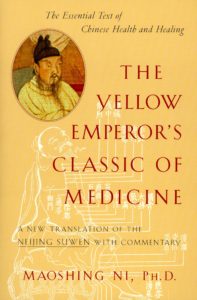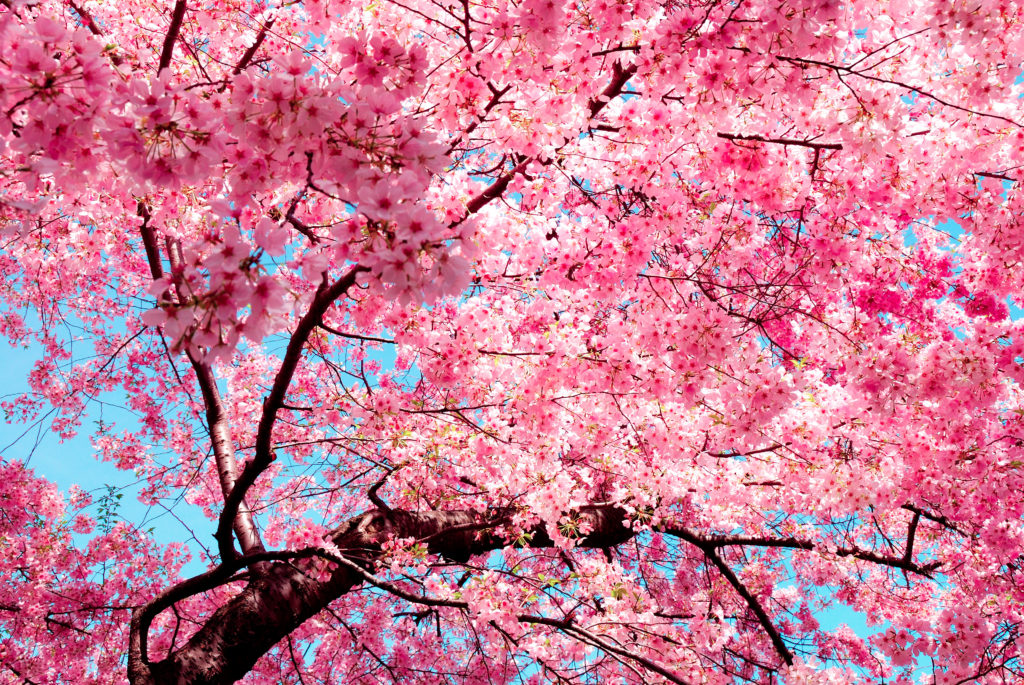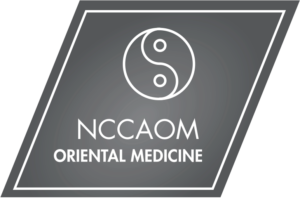Back when I was considering going to acupuncture school I would look around on the internet for different resources that would help me with my decision. One of the main things I would check out of course were websites for different acupuncture practices. Many or most of them had images related to nature, lines from poems, Chinese characters and verbiage about the seasons. At the time, nine years ago, I was already a full year into my Shiatsu certification program and had been introduced to some fundamental concepts about Chinese medicine. The themes from these websites were inviting to me, made sense to me, and provided confirmation that acupuncture school could be the right path. Looking back now, as a practitioner and business owner, I can see that this approach could perhaps turn people off to our medicine who may otherwise benefit greatly, or at the very least leave some confused. It’s for this reason I pose the question: why are acupuncturists always talking about cherry blossoms? Cherry blossoms, the wonders of springtime, maybe something about a constellation, etc. These concepts, though seen by many as whimsical or airy-fairy, do in fact have medical components to them and the reasons why are pretty interesting.
It all goes back to the Han Dynasty in ancient China, to the foundational text of Chinese medicine, a book called the Huang Di Nei Jing (Yellow Emperor’s Inner Classic of Medicine). The word “inner” in the title refers to the interior of the human body, the major focal point of this historical work. The text is written in the form of a conversation between the Yellow Emperor and his advisors. The Yellow Emperor’s identity is unknown (as are the writer(s) of the text); he’s sort of a mythical folk hero known throughout China. He tells his advisors he’d like to know about how disease manifests, how it disrupts the functioning of the body, how to then intervene. His advisors answer in code, and the book reads like poetic philosophy and not very much like a medical text, but those who can read classical Chinese are able to interpret the code to see the medical concepts that are being communicated. 
I cannot read Chinese but I’ve aligned myself with teachers and mentors who can. Through them I’ve been learning to see and understand what the coded language is saying, and how to apply it to my practice. Much of the metaphorical writing in the Huang Di Nei Jing and other books like it shows us that the phenomena of the human body is not unlike the phenomena of nature. Just as the sun rises above (from our perspective standing on the earth), reaches its peak, and then descends and sets, so does our vital life force (Qi, or Yang) make similar motions within our bodies. The earth cycles through four seasons over the course of the year, and our bodies in turn have a cyclical nature to them (sleeping, eating, defecating, menstruating are all cyclical). The energy of spring, that upward, forceful movement of plants and animals waking from their winter slumber (with some plants casting off pollen that irritates those with allergies), has its physiological correlate in the human body. This is not just a theory that sounds nice but an actual component of physiology that, when disrupted, can be perceived by those with the proper training.
When a website or some other form of marketing has a quote on it about cherry blossoms, it’s this conceptualization of health and treatment that it’s giving a nod to. In my opinion, many in my field are guilty of preaching to the converted, and this is one example of that. Practitioners of Chinese medicine often like to emphasize its mystical side; I prefer to focus on the medical side. No one comes in to my treatment room wanting to align their Qi to that of the prevailing zodiac sign, but many come in wanting help with their migraines, their panic attacks, or the excess weight they can’t seem to shed. The reason Chinese medicine can be so effective for so many things is that we can gain an understanding of the problem using these theories and methods that see human health as residing within the greater energetic matrix of our world.


